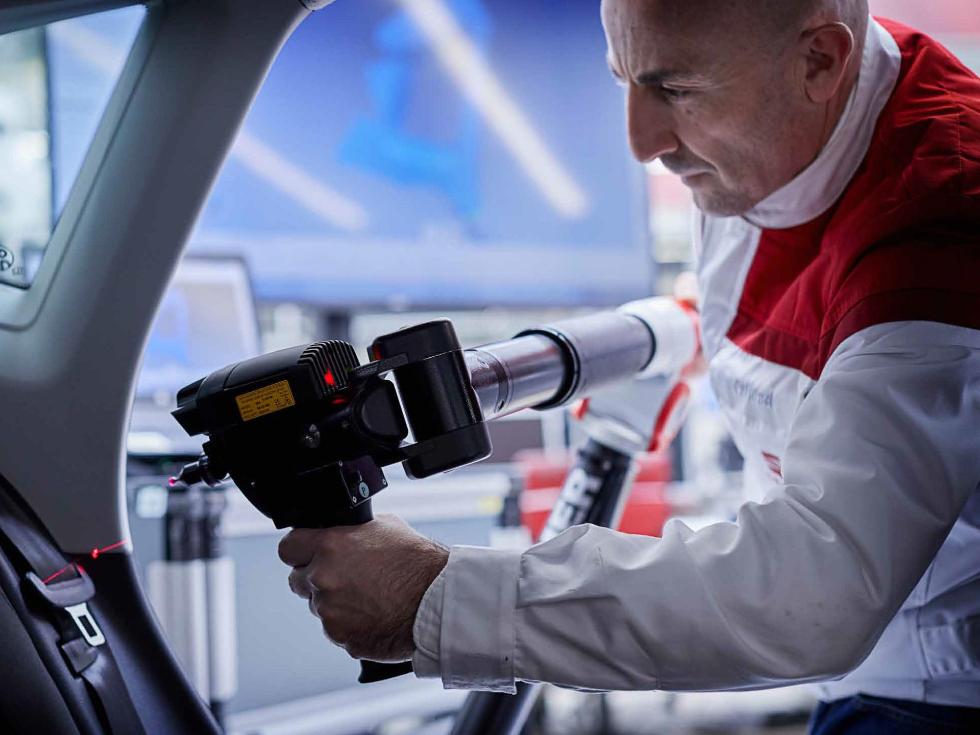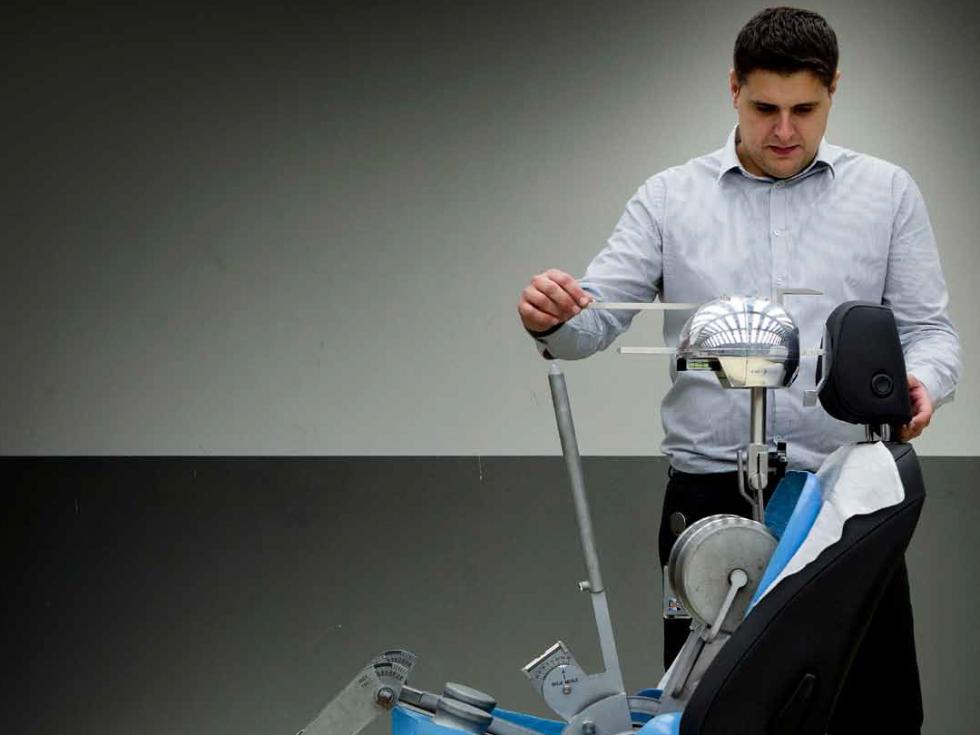From the virtual to reality: the SEAT Technical Centre
Innovation, design and technology: fundamental parts in developing any new product and service that come together in the Spanish Brand’s centre of excellence.
Since 1975, the SEAT Technical Centre (CTS) has been the brand’s focal point for research and development, the birthplace of the ideas that have allowed SEAT to improve the quality and technology of all its models, without forgetting about the design.
In its huge space of 200,000 m2, of which 43,000 are buildings, more than 1,000 engineers are working to get the best results in innovation, quality, safety, sustainability, efficacy and technological implementation. Their contribution is of central importance for the future of the brand; for this reason, they have the most advanced technologies and tools at their disposal so that they can, day by day, improve evolution of processes, services and designs of SEAT products.
A Centre of Excellence

The SEAT Technical Centre is boosted by a substantial budget: the CTS received a large share of the 656 million Euros that SEAT devoted to R&D in 2018. These investments allow the CTS to remain a benchmark centre of excellence– the only one in Spain and the largest in Southern Europe dedicated to the automotive industry.
It is here that the all the know-how and the company’s synergy merge. In other words, here vehicles can be entirely developed ,– from the first sketches to the new product entering mass production. So, the joint work of technicians from different development areas in the CTS allows a cyclical work flow between them providing useful feedback thanks to working closely together.
The development phase
Developing a new vehicle involves great technical and technological complexity that should be studied and carried out not only with the best technologies and professionals, but also with meticulous reliability. At the start of the process, the Design and Technical Development departments carefully research the technological possibilities that allow a perfect balance between creativity, quality, functionality and the standards to be met.
During this phase, all formal aspects of the vehicle will be defined, from the initial design to its production. The technical feasibility of the project is also overseen, while the sales department studies its costs and its positioning on the market. All of that putting the customer in the middle of the processes.
Virtual simulations

All these procedures have a vitally important tool: virtual simulation. This has become the standard for the development of all new SEAT vehicles. Thanks to this, it is possible to define the very tiniest details on vehicles that do not even exist yet. This works in parallel to different areas and implicates around 1,000 designers and engineers, using advanced virtual reality and simulation tools.
These tools allow up to ten different configurations of vehicles with more than 400 characterisations of materials, colours and components. This all guarantees product excellence without having to build physical prototypes.
Source: SEAT MAGAZINE
